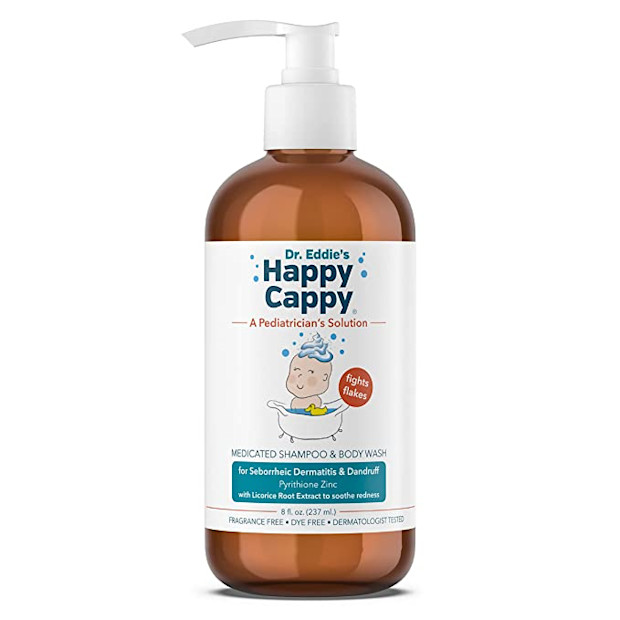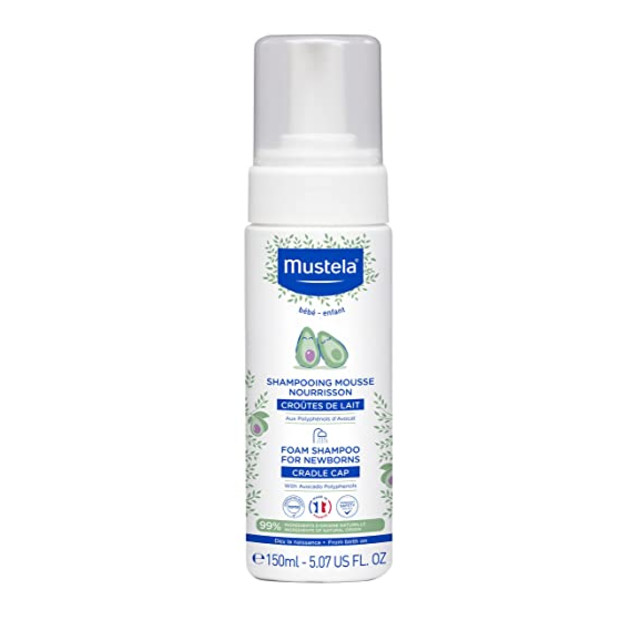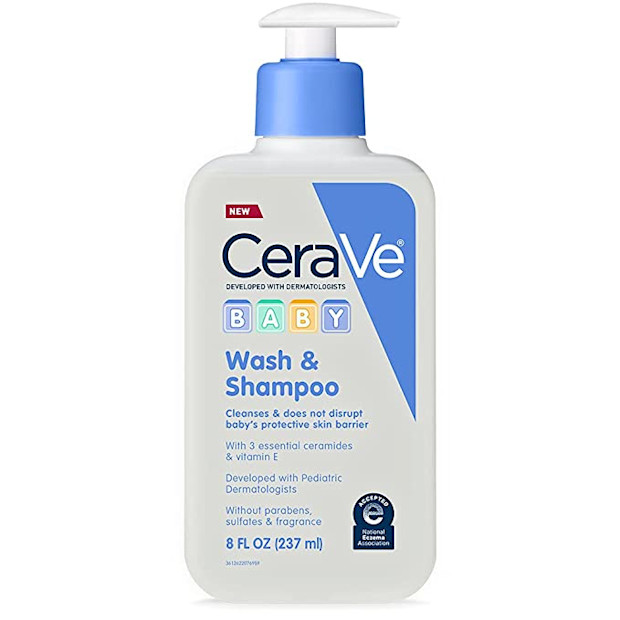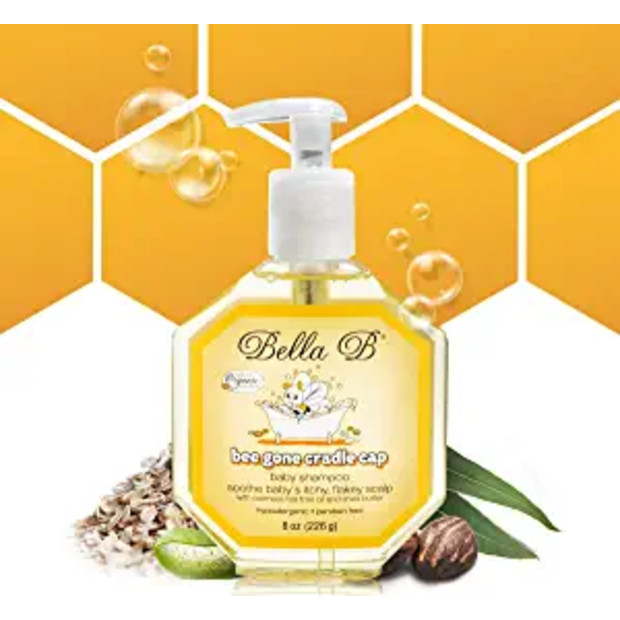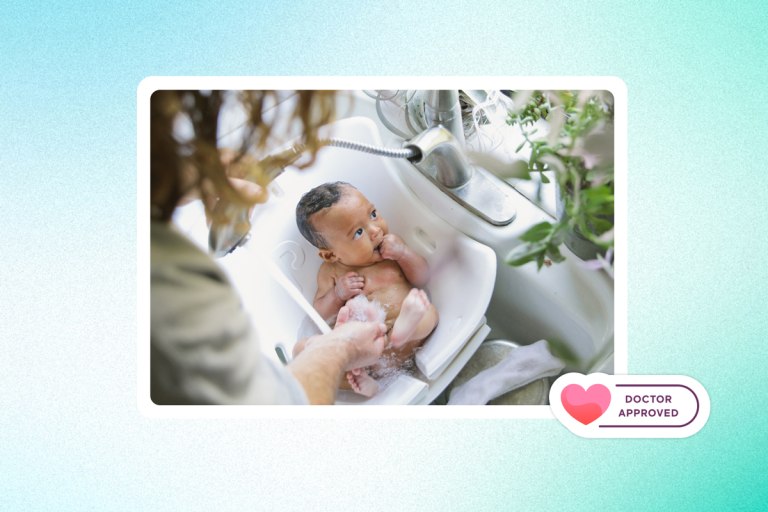
Cradle Cap in Babies: Treatment, Signs & Causes
Scaly, crusty patches? An ER doctor fills in you on what's going on with cradle cap and how to treat it.

By Dr. Seran Kim
Written Dr. Seran Kim, board-certified Emergency Physician
There are not many things that can top the delicious smell of a newborn baby. Although we are not sure why or how, this scent makes parents bend to their baby’s will.
Newborn skin, however, is far from flawless. With skin flakes, scaling, redness, crusting, oiliness, you may mistake your baby’s skin with that of a hormonal teenager. But you know what? These signs, collectively referred to as cradle cap (or seborrheic dermatitis of the scalp), are benign and do not require any medical treatment.
What is cradle cap?
Cradle cap is composed of scaly patches on a baby’s scalp, causing thick crusting and flaky white or yellow scales. There may also be associated redness. Cradle cap usually appears after 3 weeks of age, and clears up within the first year.
If it extends to the face, neck, trunk or diaper area, it is referred to as seborrheic dermatitis. It is a very common condition, with approximately 10% of all babies affected.
What causes cradle cap?
The exact cause of seborrheic dermatitis is unknown. In infants, it is hypothesized that maternal hormones play a role. A mother’s hormones stay in a baby’s body for several months after birth. These hormones activate sebaceous glands, which cause production of oil (sebum) in the oil glands and hair follicles. This aligns with the fact that seborrheic dermatitis occurs in areas of the body where there are a lot of oil-producing glands, such as the scalp, nose and back.
Another contributing factor may be a yeast (fungus) called malassezia, that grows in the sebum. Antifungal medication is often an effective treatment, supporting the hypothesis that yeast plays a role in seborrheic dermatitis.
Myths about cradle cap
Although we are unsure of the exact cause of cradle cap, we do know that it is not because of any of the following myths:
- Cradle cap is due to poor hygiene.
- Cradle cap is infectious.
- Cradle cap is an allergy.
- Cradle cap is an infection.
Treatments for cradle cap
Cradle cap will go away on its own and does not need to be treated. But most parents prefer treatment because it usually helps reduce or get rid of the problem faster. Even with treatment, this condition may return during the baby’s first year of life.
Home care treatment, as follows, is usually effective in helping symptoms:
- Wash your baby’s hair with a mild shampoo, every couple of days.
- Use a soft-bristled brush to gently brush out scales.
- Baby oil, olive oil, mineral oil or petroleum jelly may help soften the scales. When applying the oil, rub only small amounts into the scales. Then shampoo and brush out the oil about an hour later, to avoid more build-up.
- If your baby has seborrheic dermatitis, a mild hydrocortisone cream (0.5%) is safe and usually effective. If this doesn’t help, see your doctor.
When to seek medical care for cradle cap
If the cradle cap or seborrheic dermatitis is severe or persistent, your doctor may prescribe a special antifungal or tar shampoo, or stronger corticosteroid cream or lotion. If your baby’s skin feels hot, weeps fluid, smells bad—or has any other concerning signs of infection—call your doctor right away.
Remember, cradle cap is self-limiting and benign. But just as this condition is fleeting, so is that newborn baby scent!
Factually reviewed by Dr. Seran Kim, board-certified Emergency Physician, on June 8, 2021.

